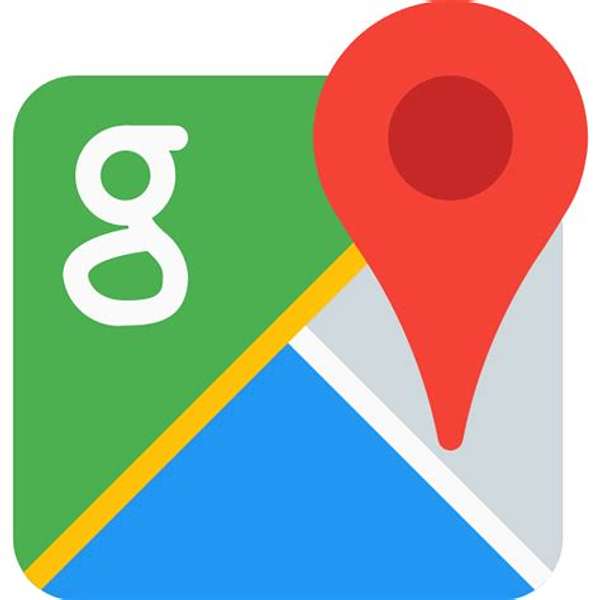
Digital Innovation Days
Digital Innovation Days
8 February 2005 - Google Maps launch
The revolutionary launch of Google Maps on the 8th of February, 2005, transformed the way we use maps for directions and navigate the world with our smartphones. Initially, it was launched for desktop as a solution for people to get from one point to another. Today, it’s a gateway to exploration - whether you are travelling by car, bike, public transport, boat, wheelchair, or on foot.
Google Maps makes use of a combination of data sources such as aggregate location data, real-time users feedback, historical traffic patterns and local government data along with machine learning. There are multiple views that a user can switch between depending upon their need(s). With over 1 billion monthly active users, it ranks high among the leading mapping applications worldwide. It offers driving directions for 194 countries, spanning over 28 million miles of road. It can provide local information for more than 80 million places across the world and live traffic data from over 50 countries. All of this data is kept up-to-date and reliable with tens of thousands of updates daily.
Although Google was not the first to introduce online maps (the world wide web supported the first online maps in 1993), it brought digital maps to the mainstream and popularised their usage. Interestingly, a wide array of other applications and services today rely on Google Maps - Uber, Airbnb, WhatsApp, and UrbanSpoon all are based on Google Maps application user interface (API). This service was invented with the vision to “create one seamless, browsable map of the entire world” - a daunting task that Google Maps has accomplished exceptionally well. The marriage of complicated technologies and diverse data sources in Google Maps has humanised and contextualised location to make it more relevant to us, as should be the purpose of technology and innovation.